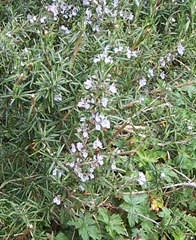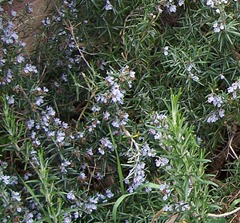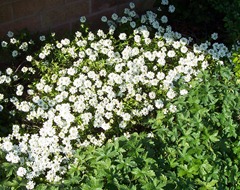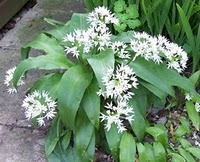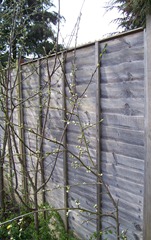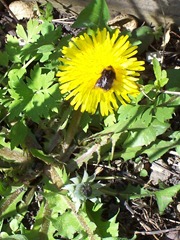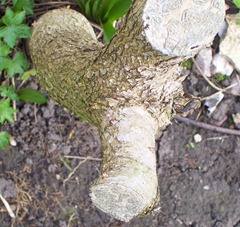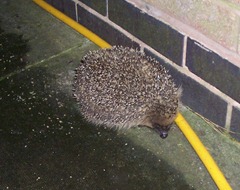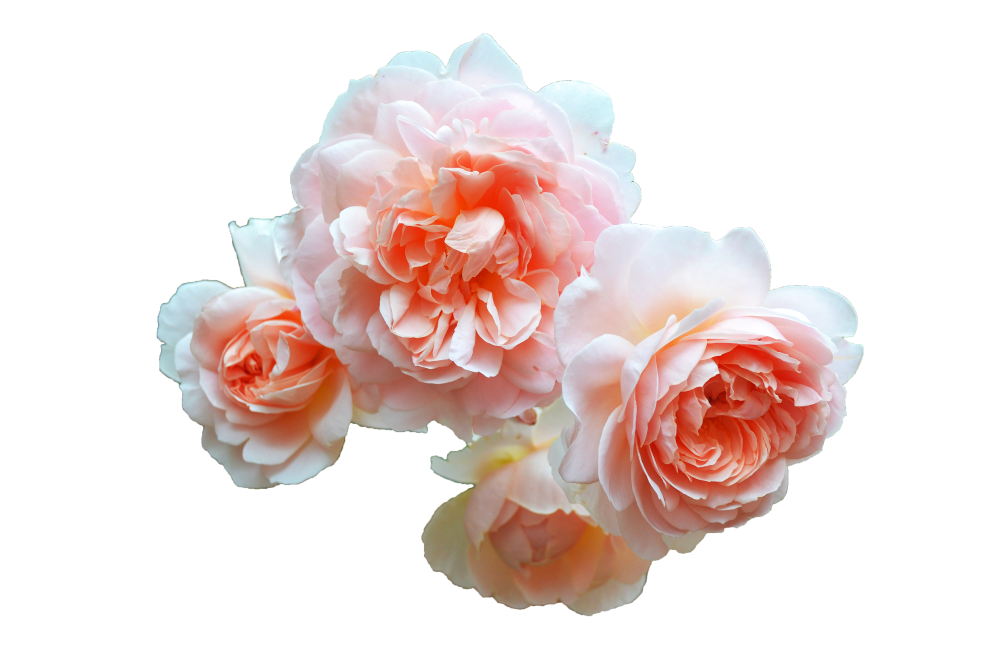As the year is beginning to warm up the conditions become ideal for insects to hatch out. The garden begins all fresh and green in the April showers but soon the plants are colonised by greenfly and aphid and these rapidly inhabit every leaf and stem.
Here is a close-up of the head of an aphid:
 Aphid – close-up of the head and eye
Aphid – close-up of the head and eye
This little creature was one of two walking across one of my rose leaves. To the naked eye they just looked like two tiny specks of dust but zooming in revealed that they were about to colonise my rambling rose.
There are ways of keeping aphids, greenfly and black spot under control. In the countryside where I grew up it was always commonplace to use garlic. Just as garlic cloves purify the blood of human beings they also purify the sap of woody shrubs and trees. All you need to do is to plant one or two garlic cloves at the base of the plant as near to the main stem as possible and allow the garlic to do its work. The garlic forms tiny little bulbs that spread all around the base of the bush or tree. When the plant drinks up water from the earth it takes in the garlic too which spreads throughout the plant and protects it from garden invaders. It is the most wholesome way of protecting the shrubs and plants in the garden and is much kinder than spraying with insecticide and fungicide.
There is an added benefit to using this method of control as a lovely crop of garlic grass is produced at the base of all of the plants. This may be cut off and added into salads, stir-fries, soups, etc. It is slightly more mild than using the clove itself but is lovely, rich greenery that makes an attractive addition to any dish.



